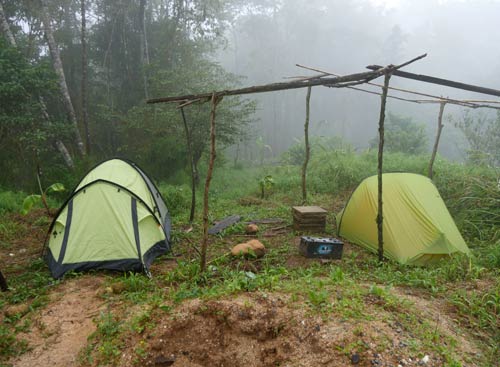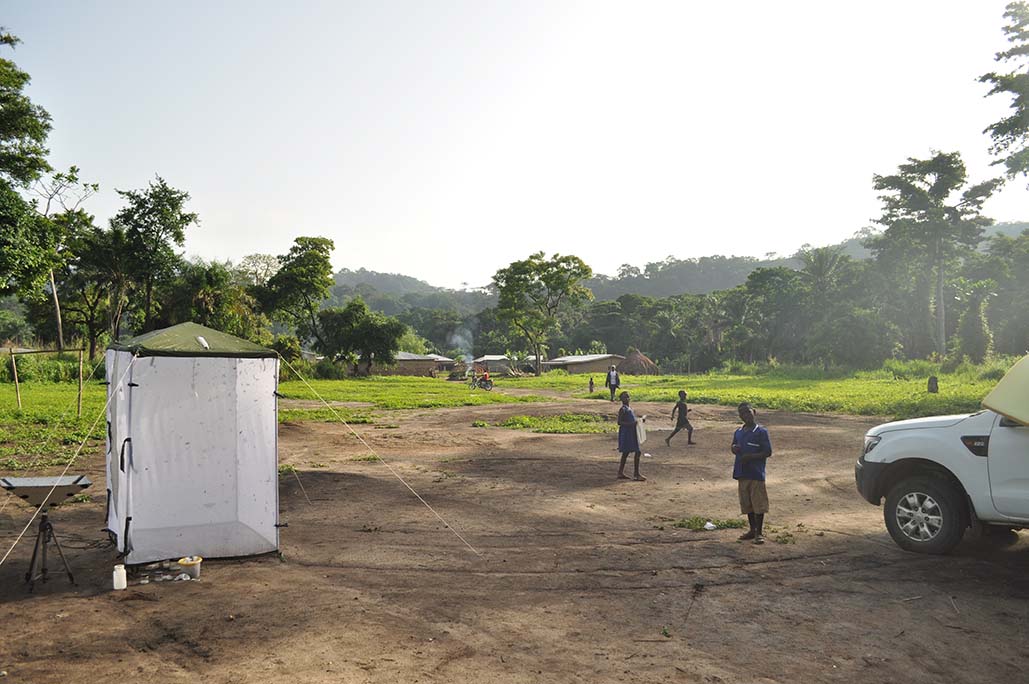Our Expeditions
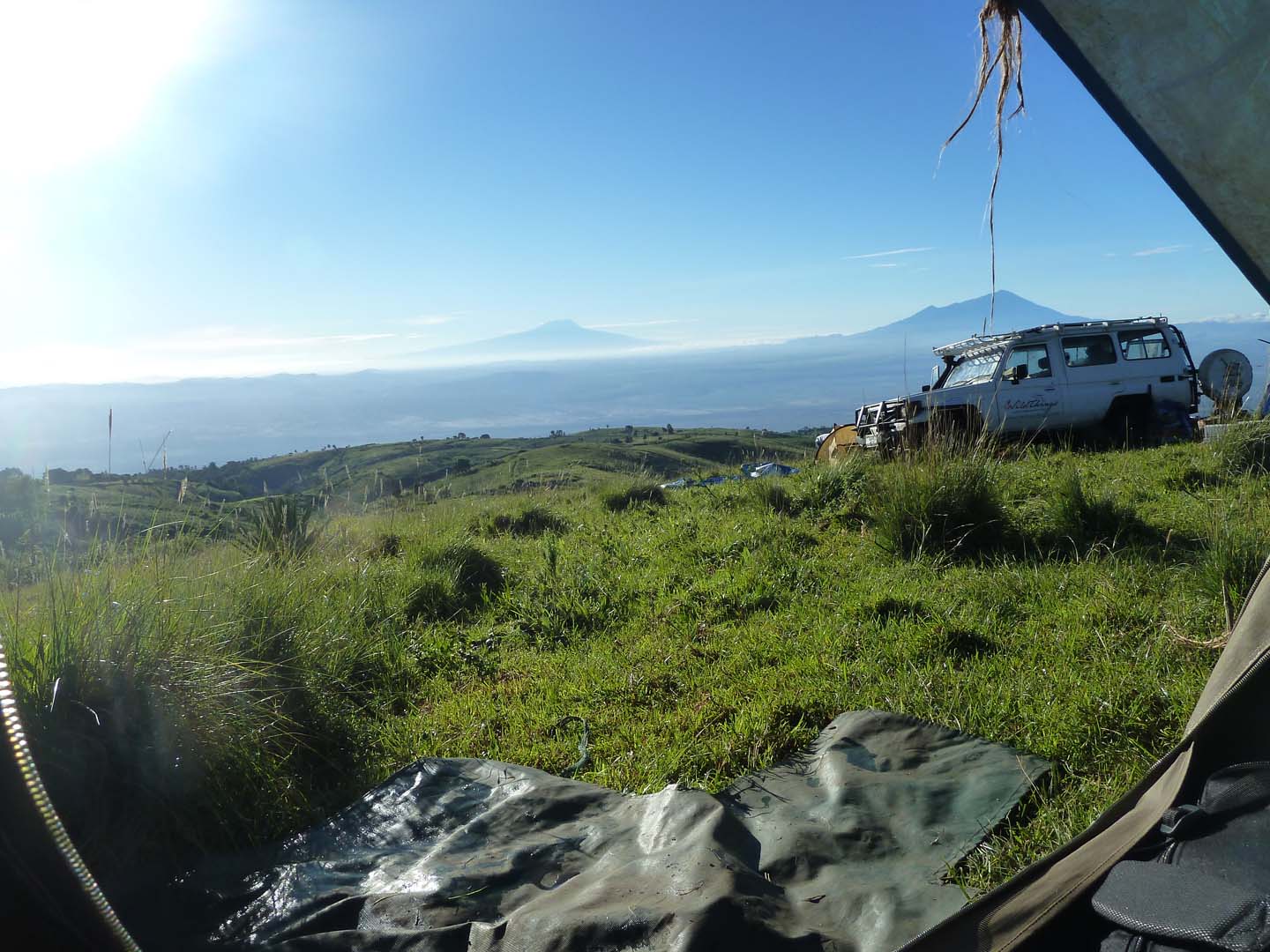


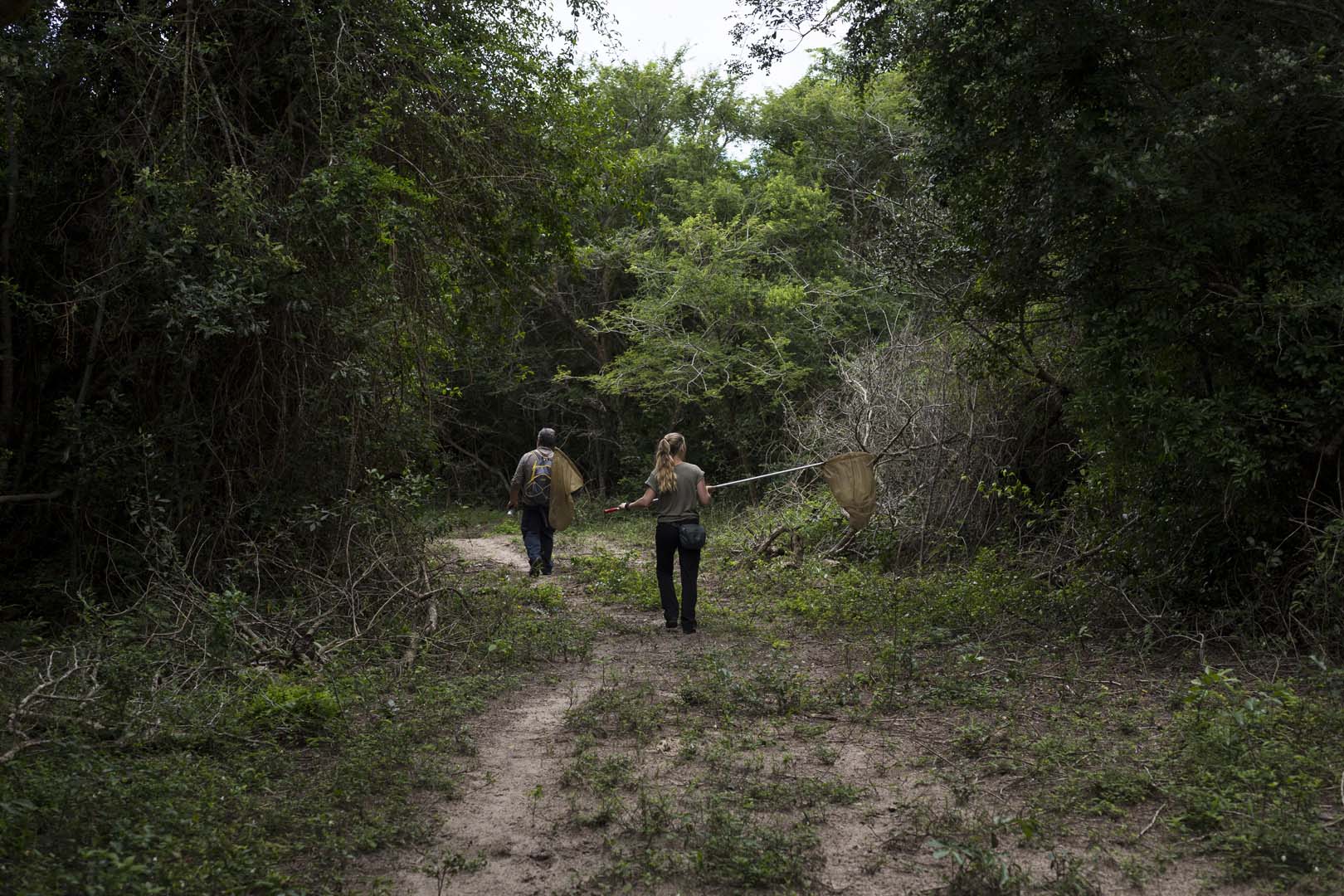
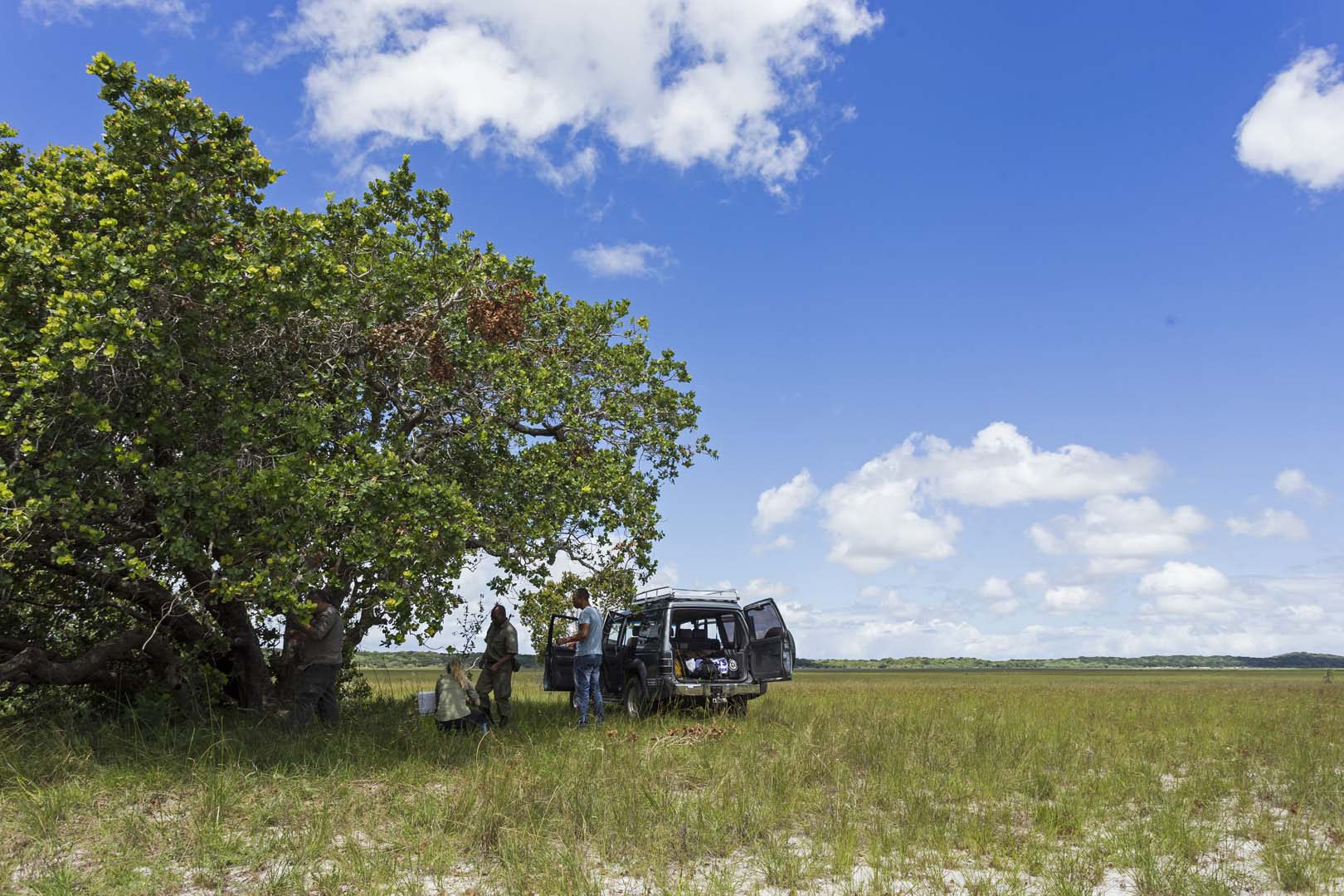
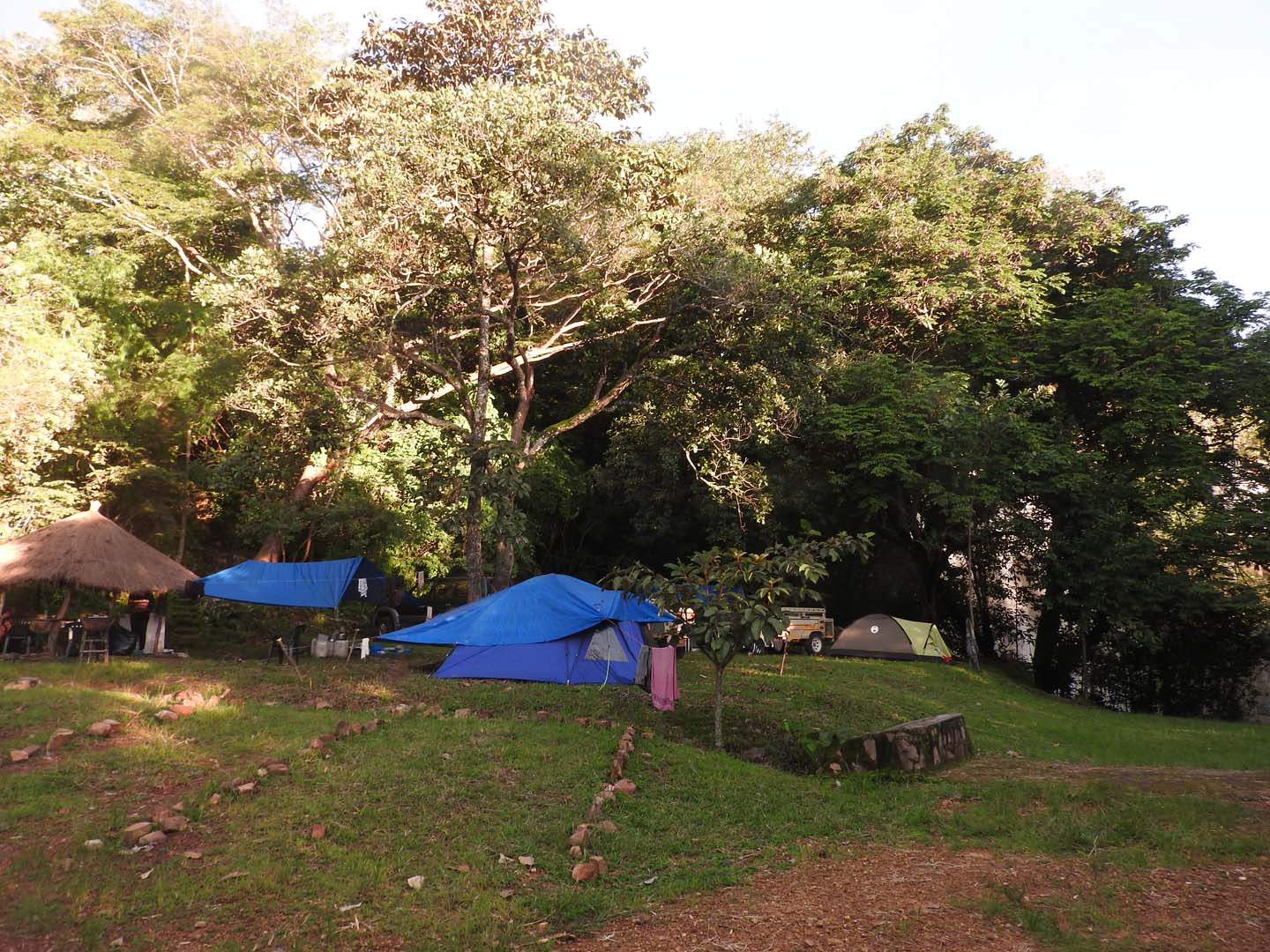
To date, a total of 60 expeditions have been undertaken to various countries in Africa. They include Tanzania, Zambia, Côte d’Ivoire, Liberia, Guinea, Sierra Leone, Togo, Sao Tome and Principe, Gabon, Cameroon, Congo, Malawi and Mozambique. We aim to sample in a variety of different habitats so as to have a more accurate representation of the species inhabiting each country.
All relevant research and export permits are acquired from each country prior to sampling and export of specimens to the U.K.
Collecting methods
Sampling is focused on moths and butterflies (Lepidoptera), although other insect orders including Coleoptera, Hemiptera, Diptera, Hymenoptera, Orthoptera and Mantodea are also sampled. Our researchers use five main methods to collect insects:
- Hand collecting: butterflies and diurnal (day-flying) moths are collected using nets, and beetles and other taxa using a beating tray or sweep net, or simply by searching vegetation.
- Light trap: nocturnal moths and other insects are attracted to a specially engineered white tent containing a bright mercury vapour bulb where they can be collected. The ANHRT-designed Edward’s Trap is placed under the bulb collecting the smallest insects which would otherwise be missed. As different insects are attracted to different wavelengths of light, smaller actinic lights are also used, sometimes in combination with an automatic bucket trap.
- Pitfall trap: a bucket sunk into the ground with a ball of mammal (including human) dung or carrion suspended above it to attract dung/carrion feeding beetles which then fall into the bucket.

- Malaise and flight interception traps: a fine mesh tent is stretched across an insect flight path, usually in forest. Insects fly into the mesh, and either fall down and are caught in the flight interception trap, or fly upwards and into the malaise trap.
- Pan trapping: yellow, blue or white pans are placed on the ground to attract those species of insect that may mistake it for nectar-producing flowering plants.
